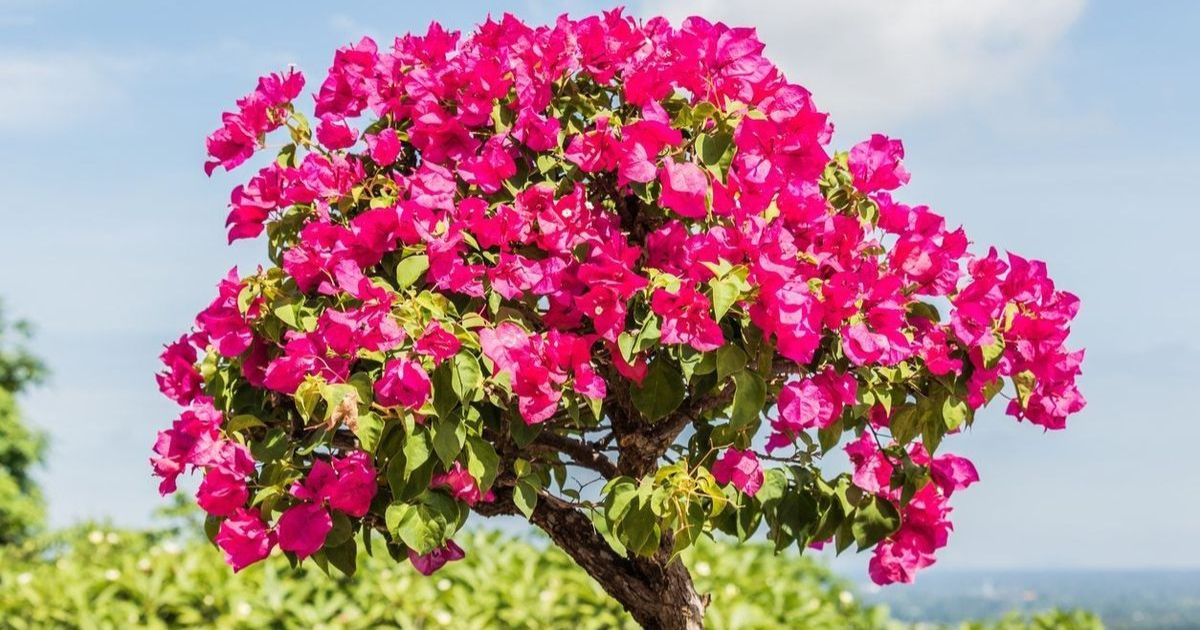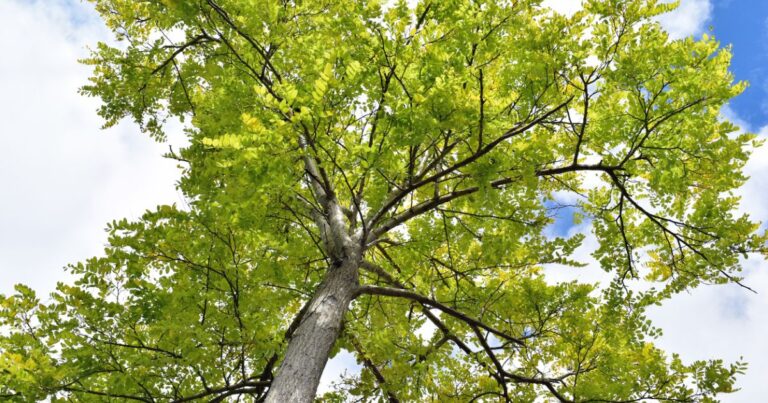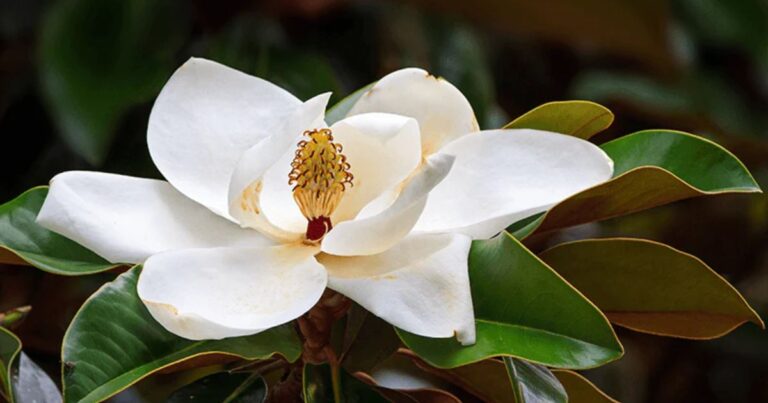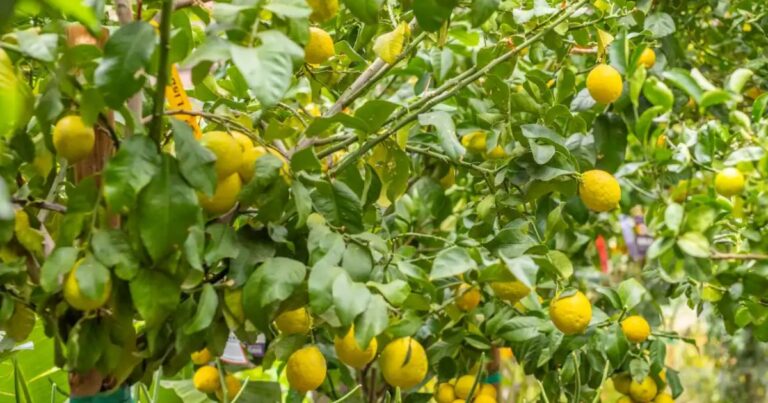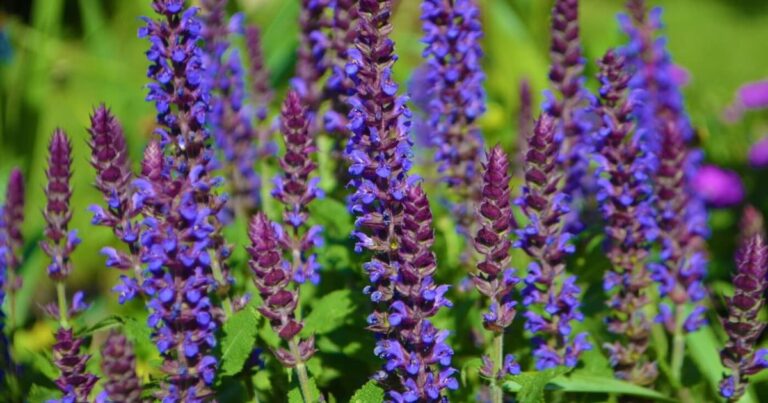Bougainvillea Tree Care, Types, Planting, Growing And Uses
Welcome to the enchanting world of bougainvillea, a plant that not only enchants with its dazzling displays but also offers the allure of easy care for even novice gardeners. Whether you’re looking to create a stunning focal point or a lush privacy screen, understanding bougainvillea tree care is essential to harnessing its full potential.
In this article, we’ll delve into the captivating varieties of bougainvillea, from their unique colors to growth habits, while guiding you through planting techniques and maintenance tips that ensure these showstoppers thrive in your landscape.
With just a little knowledge and some nurturing hands, you can unlock the secrets of growing bougainvillea and discover how this resilient beauty thrives in diverse environments—bringing life and charm wherever it takes root.
What Is Bougainvillea Tree?
Bougainvillea, often mistaken for a tree, is actually a sprawling shrub native to South America, renowned for its vibrant bracts that frame its delicate flowers. These colorful papery structures come in shades of purple, pink, red, and white, transforming gardens into kaleidoscopes of hues throughout the year.
While they may not reach towering heights like traditional trees, their ability to be trained over arbors and fences allows them to create enchanting living walls that define outdoor spaces with ease. One fascinating aspect of bougainvillea is its adaptability; thirsty for sunlight but resilient in diverse climates—from tropical shores to arid deserts—this plant thrives where many others succumb.
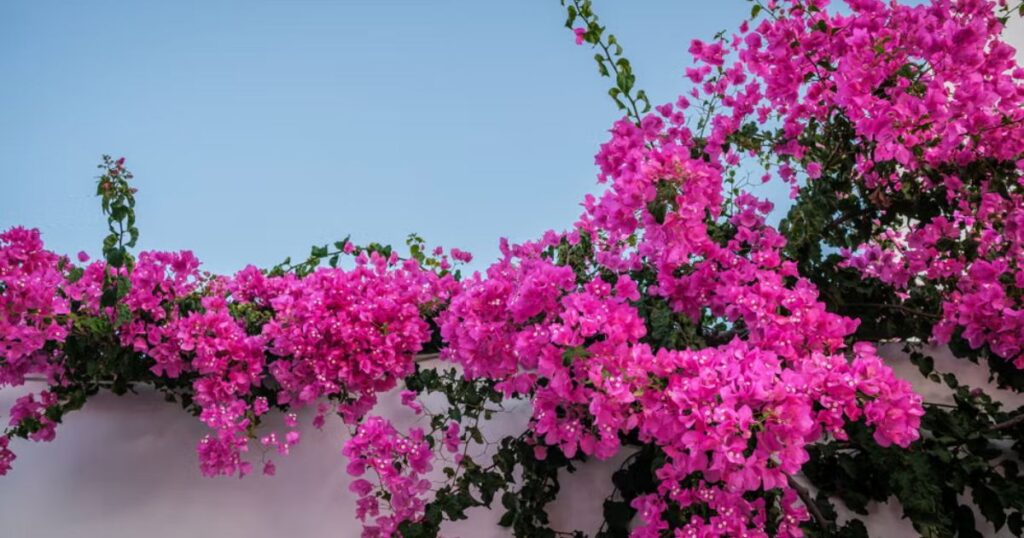
Beyond aesthetics, it’s also an environmentally friendly option; its dense foliage provides excellent cover for pollinators like bees and butterflies. For gardeners seeking a canvas of color paired with ecological benefits, the bougainvillea epitomizes beauty and utility—a true testament to nature’s artistry that can invigorate any landscape while encouraging local biodiversity.
How Many Bougainvillea Types?
- Purple Bougainvillea Tree
- Multicolor Bougainvillea Tree
- Pink Bougainvillea Tree
- Red Bougainvillea Tree
- White Bougainvillea Tree
- Orange Bougainvillea Tree
- Thai Delight Bougainvillea Tree
Purple Bougainvillea Tree
The Purple Bougainvillea tree is more than just a visual delight; it symbolizes resilience and vibrancy in landscapes around the world. With its striking magenta bracts that frame delicate flowers, this tropical marvel offers a feast for the senses.
The architecture of its twisting branches creates dynamic silhouettes against the sky, making it a favored subject for photographers and artists alike. Growing it can transform even the simplest garden into an oasis of color, where sunlight filters through lush foliage.
Multicolor Bougainvillea Tree
The multicolor Bougainvillea tree is a vibrant tapestry of nature that transforms any landscape into a canvas of rich hues and dynamic shapes. With each bract flaunting its own unique shade—from radiant fuchsia to golden yellows—the spectacle this tree offers is nothing short of mesmerizing.
Flowering year-round in ideal conditions, it creates an ever-evolving display that shifts with the seasons, bringing both energy and serenity to gardens and public spaces alike. Planting Bougainvilleas invites pollinators like butterflies and hummingbirds, fostering a lively ecosystem right in your backyard—an essential reminder of our connection to nature’s intricate web.
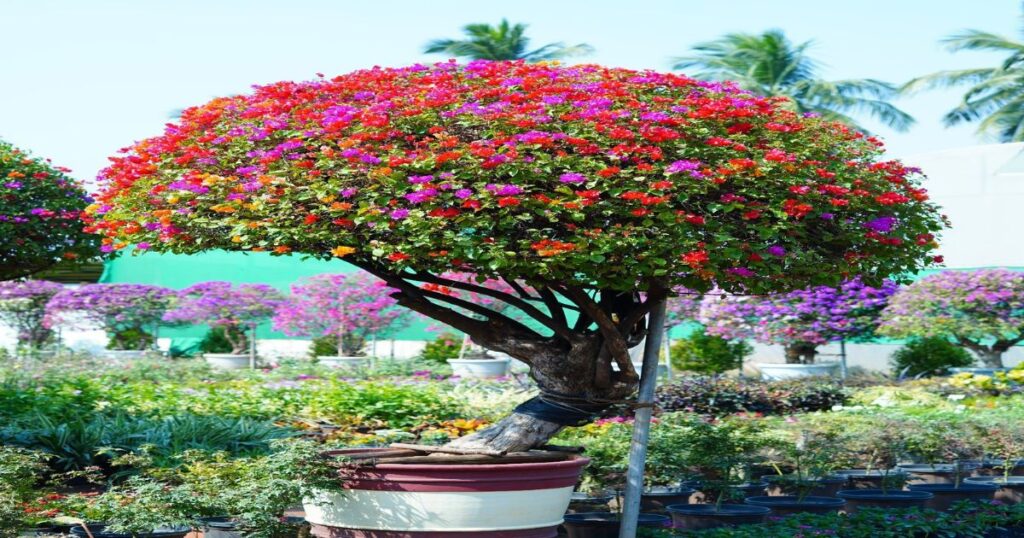
Pink Bougainvillea Tree
The pink bougainvillea tree is not just a feast for the eyes; it’s a testament to resilience and adaptability in various climates. These vibrant trees thrive in well-drained soils and endure harsh sunlight, making them perfect for gardeners seeking low-maintenance yet stunning additions to patios or gardens.
Their unique bracts—often mistaken for flowers—create a breathtaking cascade of color that can transform mundane landscapes into tropical paradises with minimal effort.
Beyond their aesthetic appeal, pink bougainvilleas offer numerous ecological benefits. They attract butterflies and hummingbirds, supporting local biodiversity while providing an enchanting spectacle as these delicate creatures flutter amidst the blooms.
Red Bougainvillea Tree
The Red Bougainvillea Tree, with its striking crimson bracts and lush foliage, serves as a vibrant focal point in gardens across the globe. More than just a pretty face, this remarkable plant exhibits an impressive adaptability
It thrives in various climates and can be found flourishing from arid landscapes to humid tropical environments. This versatility makes it a favorite among gardeners looking to add a pop of color without extensive maintenance efforts.
White Bougainvillea Tree
The white bougainvillea tree, with its strikingly pure and ethereal blooms, stands as a testament to nature’s artistry. Unlike its vibrant cousins that often steal the show with bold hues, the white variant offers a unique charm that invites tranquility into any garden or landscape.
Its delicate bracts glisten in sunlight, creating an almost magical effect as they sway gently with the breeze. This understated elegance can transform rustic corners or minimalist spaces into serene sanctuaries.
Thriving in diverse conditions and demonstrating drought resistance, it serves as both an ornamental piece and a hardy companion for eco-conscious gardeners seeking low-maintenance plants.
Orange Bougainvillea Tree
The Orange Bougainvillea tree, with its vibrant, fiery blooms, is a stunning testament to nature’s artistry. Unlike its more common counterparts in shades of purple and pink, the orange variant stands out as an exuberant symbol of warmth and creativity. This eye-catching plant isn’t just a feast for the eyes; it’s also remarkably resilient. Thriving in various climates—from tropical paradises to arid landscapes.
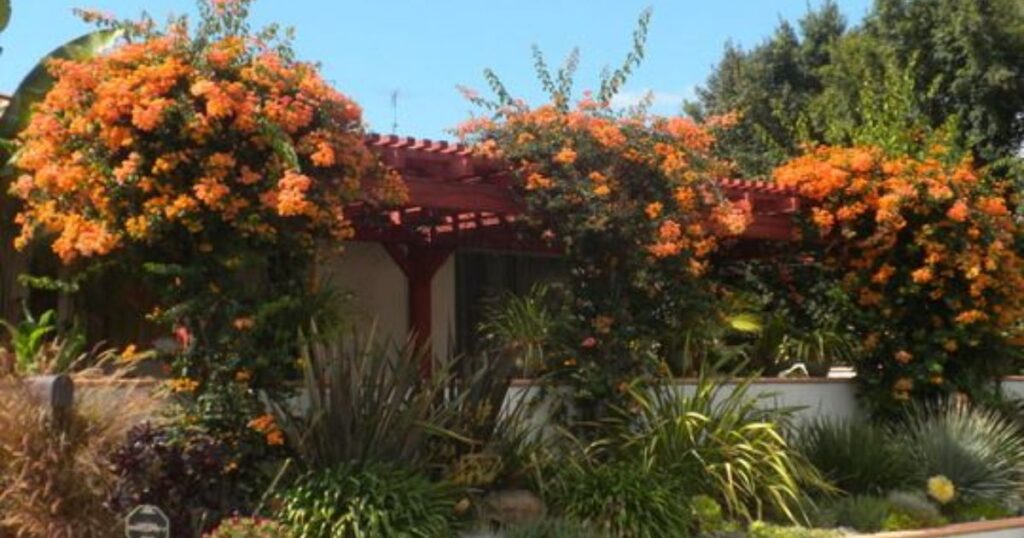
The rich hues of orange attract a diverse array of pollinators like bees and butterflies, contributing to the health of surrounding gardens and ecosystems. Interestingly, if you observe closely during different times of the day, you’ll notice how sunlight enhances the brilliance of their blossoms—transforming from deep sunset tones to soft pastel oranges at dusk.
Thai Delight Bougainvillea Tree
The Thai Delight Bougainvillea Tree is a botanical gem often overlooked in the palette of tropical gardening. With its cascading vines adorned with vibrant, papery bracts ranging from fuchsia to deep orange, this tree transforms any landscape into a riot of color and life.
Unlike common bougainvilleas that grow as scraggly bushes or sprawling climbers, the Thai Delight takes on an elegant arboreal silhouette, bringing an unexpected architectural element to gardens. Its twisting branches create natural canopies that not only provide shade but also serve as stunning backdrops for outdoor gatherings
How To Bougainvillea Tree Care?
These stunning bloomers thrive in full sunlight, and placing them in an area with at least five hours of direct sun daily often leads to a dazzling show of color. Balance is key; too much shade can stifle their bloom, while overly intense sun in excessively dry conditions might stress the leaves.
Watering should be infrequent yet deep—allow the soil to dry out completely between soakings, as bougainvilleas are native to arid climates and flourish when slightly stressed. Fertilization plays a crucial role in coaxing those brilliant blossoms. Opt for a balanced fertilizer or one specifically formulated for flowering plants during the growing season—this quickens growth and amplifies color.
Pruning your bougainvillea not only shapes its aesthetic but also promotes new growth that leads to more flowers; late winter or early spring is typically the best time for this task before the burgeoning blooms emerge.
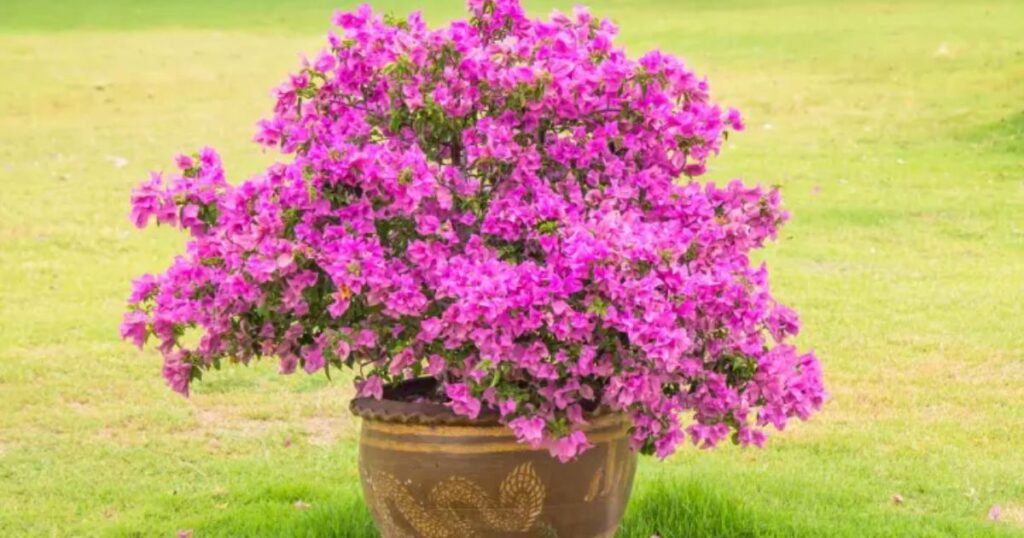
Planting Of Bougainvillea Tree
When considering the planting of a bougainvillea tree, it’s essential to recognize the unique character this vibrant plant brings to any landscape. While often touted for their vivid blooms and hardy nature, few realize that these trees thrive best in sandy, well-draining soil enriched with organic matter.
This type of environment not only allows bougainvillea to flourish but also encourages deep root growth, which leads to a more resilient and drought-tolerant plant.
Incorporating trellises or other support structures can prove beneficial as bougainvillea loves to climb and spread its colorful vines. This creates not just an aesthetic element but also a habitat for local wildlife, inviting butterflies and hummingbirds into your garden oasis.
How To Grow Bougainvillea Trees?
To grow Bougainvillea trees successfully, it’s essential to pick the right variety suited for your climate. These vibrant plants thrive in warm, sunny environments and can be found in shades of purple, pink, red, white, and orange.
To encourage robust growth and abundant blooms, plant them in well-draining soil with good airflow—this prevents root rot while providing stability for the sprawling branches. Regularly pruning your Bougainvillea not only manages its size but also stimulates new growth; don’t shy away from cutting back even a third of the plant during early spring to promote denser foliage and more vivid flowers.
Watering techniques play a crucial role in their health; allow the top couple of inches of soil to dry out between sessions to mimic their native arid conditions. Using fertilizers low in nitrogen can redirect energy toward bloom production rather than leafy growth.
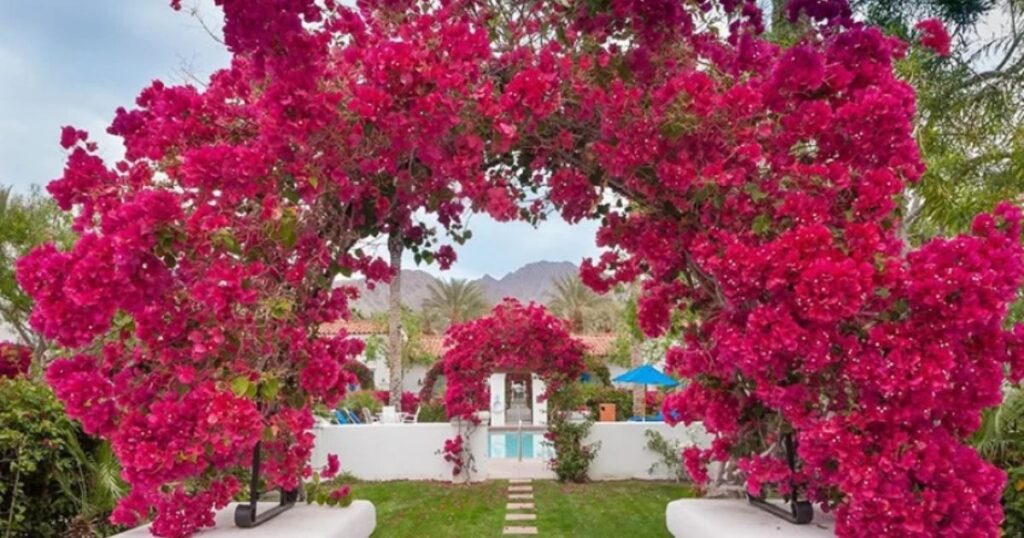
Bougainvillea Tree Height And Size
While commonly regarded as a sprawling vine, certain varieties can take on tree-like forms, reaching heights between 3 to 12 feet. These “bougainvillea trees” spring from robust trunk-like structures that lend them an impressive presence in gardens or landscapes.
Their size can be influenced significantly by pruning practices. Regular maintenance not only promotes healthy growth but also encourages business and enhances flowering potential. Gardeners might consider shaping their bougainvillea while lightly trimming back other foliage to create charming silhouettes that highlight the intricate beauty of emerging blossoms.
What Are Bougainvillea Tree Uses And Benefits
- Natural Privacy Screens: Bougainvillea can be trained to grow as a dense hedge, providing an attractive yet effective privacy barrier in gardens or patios.
- Soil Erosion Control: Their extensive root systems help anchor soil, making them ideal for preventing erosion on slopes or hilly terrains.
- Wildlife Habitat: These trees attract birds and beneficial insects like butterflies and bees, supporting local biodiversity while adding beauty to outdoor spaces.
- Air Purification: As with many plants, bougainvilleas contribute to improved air quality by absorbing pollutants and releasing oxygen.
- Drought Resistance: Known for their ability to thrive in arid conditions, they require minimal water once established, making them low-maintenance choices for sustainable landscaping.
- Cultural Significance: In various cultures, bougainvilleas symbolize love and passion; using them in gardens can enhance emotional well-being and connection to cultural traditions.
- Versatile Landscaping Options: Whether used as ground cover, climbing vines on trellises or walls, or even container plants for patios, bougainvilleas provide diverse landscaping possibilities that add creativity to any space.
Bougainvillea Tree Vs Monkey Puzzle Tree
The Bougainvillea, known for its riotous splashes of color and sprawling vines, epitomizes tropical beauty. This vibrant plant often thrives in sunny climates, attracting bees and butterflies while adding vivocity to gardens or patios.
The Monkey Puzzle tree offers an intriguing architectural form that sits firmly within surreal landscapes. With its sharp branches resembling prehistoric armor, this ancient conifer evokes fascination and curiosity—an aesthetic purely different from the soft hues of Bougainvillea. Originating from Chile, its unique appearance has bred tales and myths surrounding its discovery by early explorers.
Conclusion
Bougainvillea tree care requires an understanding of their unique needs, including proper sunlight, watering, and pruning techniques. With various types available, gardeners can choose the variety that best suits their landscape or container gardening aspirations.
By following optimal planting and growing practices, anyone can enjoy the vibrant colors and lush foliage these stunning plants provide. Bougainvillea has numerous uses, from enhancing outdoor spaces to serving as natural privacy screens.

